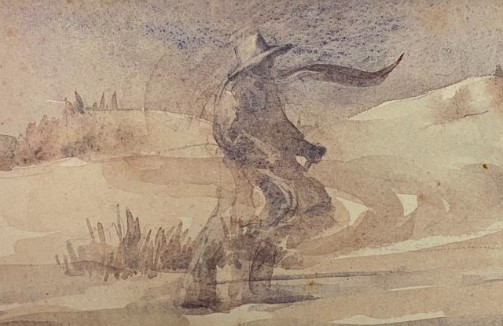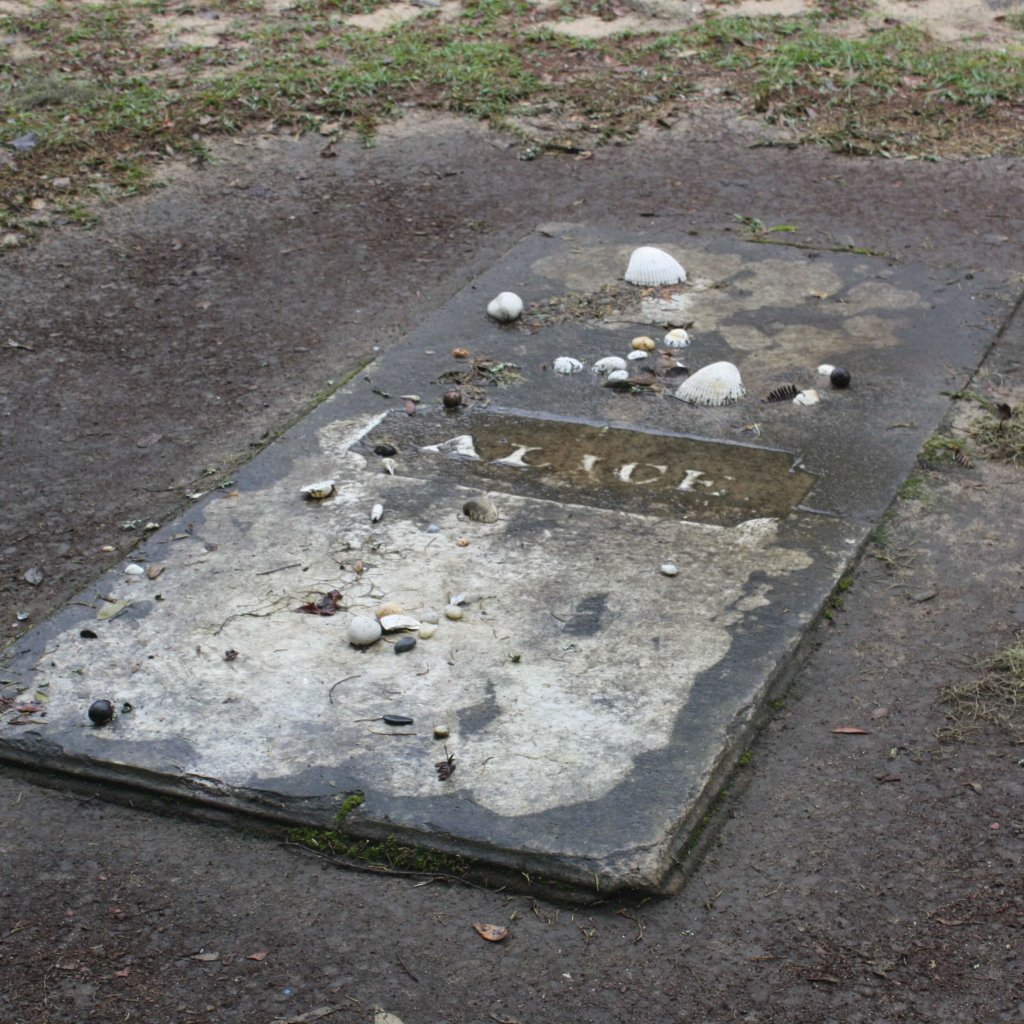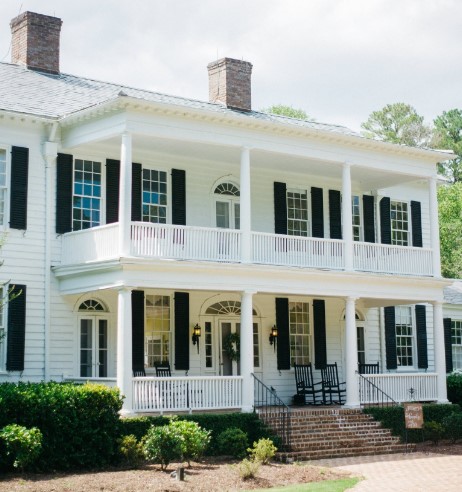Discover the Ghost Stories & Haunted Locations of Pawleys Island
For those seeking a chill and a thrill this Halloween season, Pawleys Island and the surrounding area offers a few signature ghost stories and spooky locations that are sure to appease the most restless spirits.
The following descriptions have been compiled according to local legends passed down through the generations of Pawleys Island.
The Gray Man on Pawleys Island
The first haunted location on the list is the Pawleys Island beach, where the Gray Man is said to roam. This spirit is believed to be a young man who returned from college in Europe and was thrown from his horse on the way to his fiancé’s house on Pawleys Island. The Gray Man is said to warn people of impending hurricanes. Those who see him and heed his warning and leave the island are rewarded with minimum property damage from the storm.

Although we don’t know his name, it is believed that the Gray Man was the son of one of the many rice planters on the Waccamaw Neck in the colonial days. It was standard for those wealthy families to send their sons overseas to go to college since there were no colleges here yet.
It is believed that he grew up and went overseas for his education, but since he fell in love before he left, he planned to be married as soon as he came back from college. When it was time for him to return, he met a friend at the port who loaned him his spare horse and somewhere along the way back to what is now Pawleys Island, he had a fatal accident.
His fiancé was so upset, the legend goes, she spent weeks in her room and eventually came out saying that she had a dream that her love had returned and warned her of an impending storm. She said they had to leave the area right away.
Her family left and when a hurricane came through, many houses were destroyed, but their house stood just as they had left it. Since then, there have been reports before every major hurricane that affected this area, the Gray Man has warned people, and those who heeded his cautionary tale have been spared.
Alice Flagg at All Saints Churchyard
The second location on the list is the gravesite of Alice Flagg, a teenage girl who seeks her lost engagement ring after dying of yellow fever in 1849. Her gravesite is in the back corner of All Saint’s churchyard in Pawleys Island, marked with a gravestone bearing the name Alice and located next to her older brother Dr. Allard Flagg’s gravestone. People who have visited her grave and walked around the stone a certain number of times say they feel a tug on their rings. Her spirit is also believed to wander in and near her brother’s home called the Hermitage in Murrells Inlet.

The Flagg family was once the wealthiest family in Murrells Inlet. Saddly, most of the family would be wiped out by a hurricane in 1893. Two Flagg children, Allard and Alice, lost their father at a very early age, a victim of Yellow Fever (carried by mosquitoes)
Dr. Allard Flagg took it upon himself to be a surrogate for his sister. He wanted Alice to wed the wealthiest man and live on the biggest estate with the largest house.
Young Alice, however, had different ideas. While taking her daily horseback rides on the beach, she met a young lumberman, someone who collects sap from pine trees to make turpentine and rosin to seal the wood boards of ships. Over time, they fell in love and the young man asked Alice for her hand in marriage. He gave her a simple engagement ring.
Alice didn’t want her brother to see the ring on her finger, so she put it on a chain and wore it around her neck. When she told her brother about the engagement, he was furious, and although she told him she would break it off, she did not.
Alice contracted Yellow Fever and as her caretaker, Allard found the ring still around her neck and threw it in the marsh. Her dying words were, “I want my ring!” and legend has it that some people who have visited Alice’s grave have lost their rings.
Dr. Henry Tucker at Litchfield Plantation
Next is Litchfield Plantation, the former home of Dr. Henry Tucker, which is now a venue for weddings and other special occasions just north of Pawleys Island in the Litchfield community. The doctor is said to return to the plantation home riding his horse down the avenue of the oaks. Many say they hear the ringing of a bell with the sound of horses’ hooves approaching. It is said Dr. Tucker would ring a large bell by the avenue gate to announce his presence back from his rounds. Some say they have heard footsteps walking toward the doctor’s bedroom.

Litchfield Plantation traces its formation to three land grants from King George III to Thomas Hepworth in 1710. The plantation was named Litchfield by Peter Simon, with the first reported statement of its existence occurring in his will. The original plantation house was built in 1740.
The most celebrated owner of the plantation was the Tucker Family of Georgetown. The Tucker family originally came to South Carolina from Bermuda. Daniel Tucker was a politician and had three sons. The eldest, John Tucker, eventually inherited the plantation and with help from enslaved Africans that he owned, he perfected growing methods for rice on the property. By 1850, Litchfield Plantation was producing one million pounds of rice per year. John had nine sons by four wives.
Upon the death of John Tucker, ownership passed to his eldest son, Dr. Henry Tucker who served as a volunteer with the Confederate Army for four years during the American Civil War. He was also a staunch Episcopalian and when a new All Saints Church was built, he had the former church building dismantled and moved to Litchfield Plantation. Dr. Tucker won many tournaments at the Georgetown Rifle Club.
Compiled by Clayton Stairs / tourism manager for the Georgetown County Chamber of Commerce